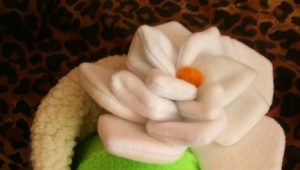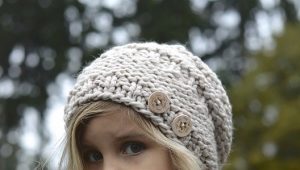Fawn hat of the times of the USSR
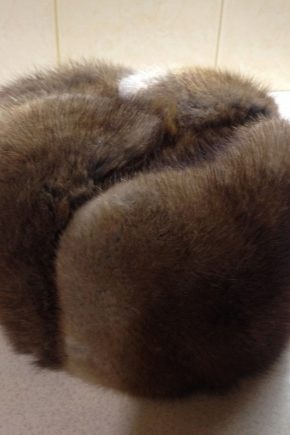
Fur has long been valued in Russia. In tsarist times, the nobility wore sables and ermines, and in Soviet times, anyone was used. The skins were bought up, accumulated, and then hats and fur coats were sewn from them. Each family knew a craftsman who could make a presentable fur product. Pleasure, of course, it was not cheap.
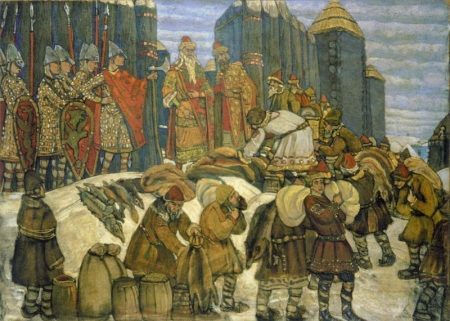
Surely everyone has heard the famous song "Chizhik-Pyzhik, where have you been?". If everything is more or less clear with the “chizhik”, then for many it has always remained a mystery what kind of “fawn” they are talking about. This, of course, is about the modern generation, whose representatives did not catch the heyday of hats from an interesting animal “fawn”. In some way, this is due to the process of making this headgear.

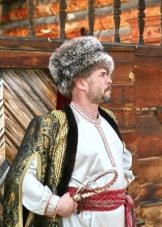
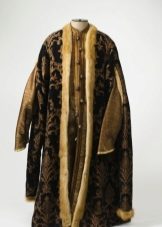
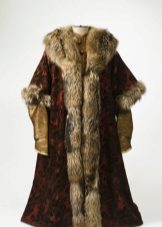
Today there are some problems in finding detailed material, not everyone knows even about the history of the fawn headdress. So why is he so famous compared to other hats? Let's see: what is the reason for the incredible popularity and who can be called the first owners of this prestigious headdress.

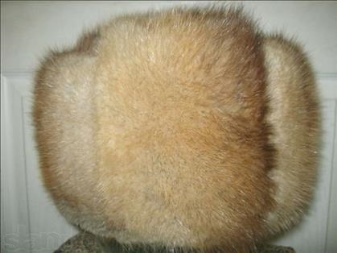
A bit of history
Let us first turn to the times a little before the formation of the USSR.
In tsarist Russia, fawn hats were worn by students from St. Petersburg from the Fontanka, studying at the Imperial School of Law. Together with dark green uniforms, such a headdress made them look like siskin birds.
It was from this fact that the famous song was born: "Chizhik-pyzhik, where have you been?"!
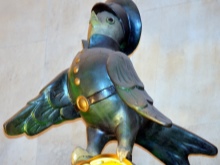
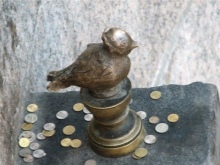

The era of the USSR
A fawn hat became a “hit” in the 50-70s of the last century during the reign of dear Leonid Ilyich Brezhnev. Her was considered to be almost a hallmark of the elite of the party. It was fantastic luck to get a fawn hat for a person with connections, and what can we say about ordinary Soviet citizens?

The fawn hat was out of reach and therefore especially coveted by everyone. If someone still managed to snatch this thing, then gossip and rumors immediately arose. None of the headgear was looked after so carefully and looked after so carefully. Hucksters from the black market were engaged in forging fawn hats and successfully sold them, taking advantage of the incompetence of people. Indeed, it was a task for professionals to distinguish a real fawn hat from its counterpart.
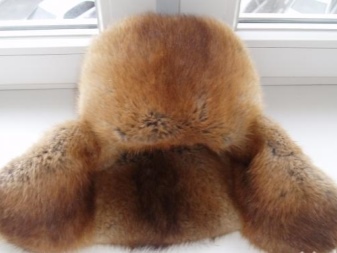


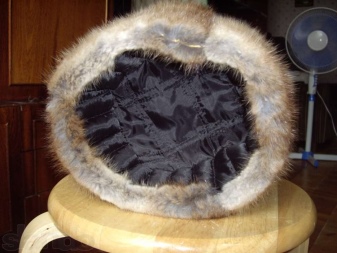
Due to the fact that only the highest ranks of the country could afford a dream of fawns, a famous riddle appeared: “Why are fawns standing in the USSR, but bunnies are walking?”. The answer to this question, however, was known to all the working people. At all the parades, party officials stood by the walls of the Kremlin Palace and watched the marching servicemen and citizens on the square from above. Ordinary people wore cheap, dark-coloured rabbit fur hats.
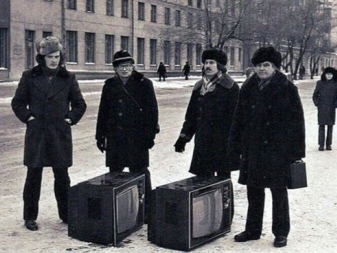
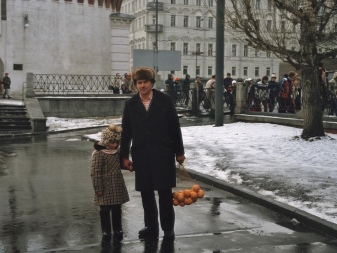
With the change of leader, the attributes of power also changed. As soon as Mikhail Gorbachev took the place of General Secretary, “caps-patties” with lapels came into fashion.
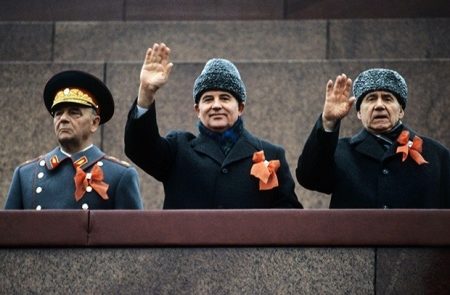
Interesting Facts
- The now forgotten director Konstantin Voinov created the original film "Shapka", where the plot revolves around one writer who has long dreamed of what? That's right: fawn headdress.In the end, he learns that this is not destined to happen and instead of a chic fashionable fawn, he will be prescribed the most ordinary one - a rabbit hat. Unable to withstand such a blow of fate, a member of the "massolith" dies of a heart attack.
- The heroes of the film "Girls" entered into a dispute, the win in which was precisely the fawn hat.
- Since the military and party employees settled mainly in some urban areas, entire areas arose where they wore “pyzhikov”. In Minsk, these were Voiskovaya and Armored streets.
- In 1956, for the Olympics in Italy, fawn hats were purchased for the entire team. One can only guess how much money it cost the party. But they tried to maintain the prestige of the country by any means. Photos of Soviet athletes in fawn hats triumphantly walked around the world. This only added to the popularity of these hats in the USSR.
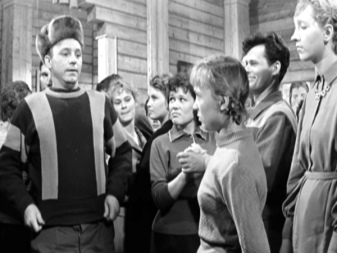

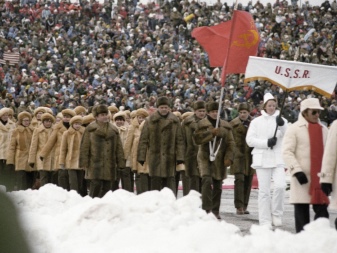
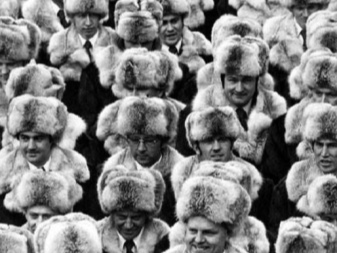
What is it and what is it made of
What kind of animal is this - "fawn"? Is it a beast?
One and/or six month old reindeer were called fawns. The fact is that their young fur - fluffy, soft, warm, was especially appreciated by hunters. The price has always been right.
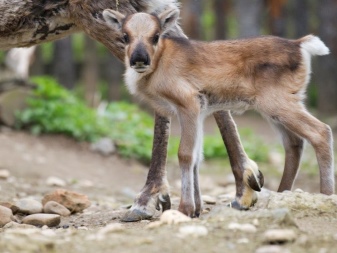

For a hat usually one or more skins are taken. It is with this that it is connected how exactly the headdress is sewn:
- with a few skins, it's easy. All finished parts of the cap, when laying out the pattern, should be placed along the ridge of the desired piece of skin. It is important to consider in which direction the fur grows;
- in the case when they are sewn from one skin, the visor is cut out from the spinal part, and the headphones and the back of the head are cut from the neck part. The remaining material is used for cutting out the front parts of the garment.
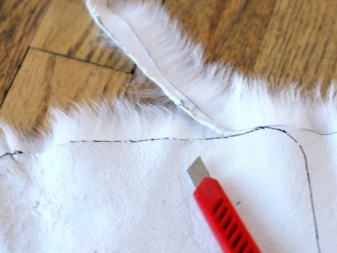
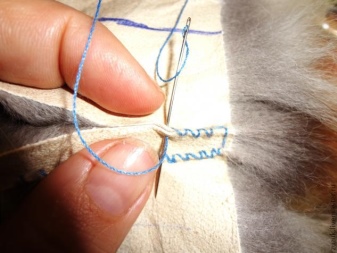
Features and Benefits
- Color fawn fur products light brown or dark brown.
- Reindeer fur is resilient and shinywhich facilitates the manufacturing process.
- The fawn skin has dimensions: width 30-40 cm, and length 50-60, which wins in size over other fur materials for hats.
- Hat retains exceptional warmth in the coldest time. This phenomenon is due to the fact that deer live in the north and are perfectly adapted to such a climate.
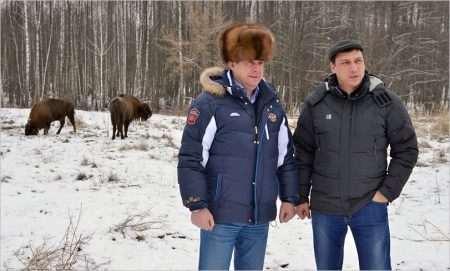
Modern analogues
You can't get a real fawn hat these days. Reindeer are finally listed in the Red Book and no longer suffer from the whims of trendsetters and state leaders.
Today, "fawn" hats are called muskrat or beaver hats. Their fur is shorter, and the skin is smaller in size, but even such hats turn out to be warm and not blown.


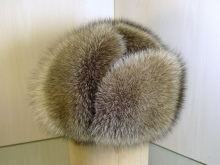
Fox and arctic fox furs are still in trend. Do not go out of fashion mink. Sheepskin coats with fur collars are beautiful and warm. Hats are sewn on a silk lining. They are so dense that the wind can not penetrate inside.


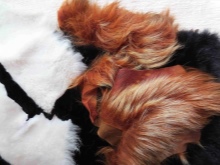
It is worth remembering that today you don't have to wear real furs to stay warm. In our time, quite worthy analogues of such products have been created;
- eco fur;
- artificial fur;
- synthetic insulation (synthetic winterizer).
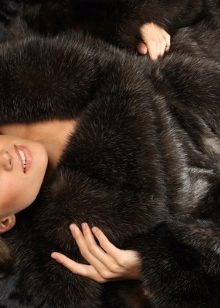
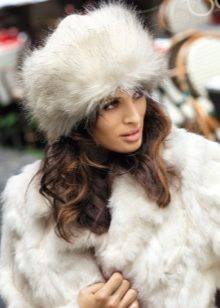
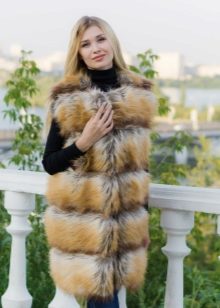
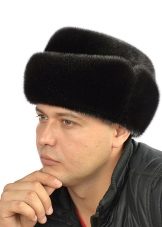
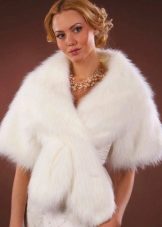
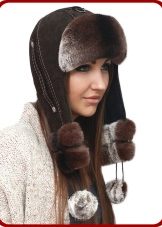
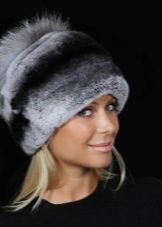
Modern down jackets have a variety of colors and styles, can withstand the cold, and are much cheaper.
Of course, the wealth and chic of furs is difficult to replace with something. However, for a person now this is not an essential item, but an attribute of luxury.






















